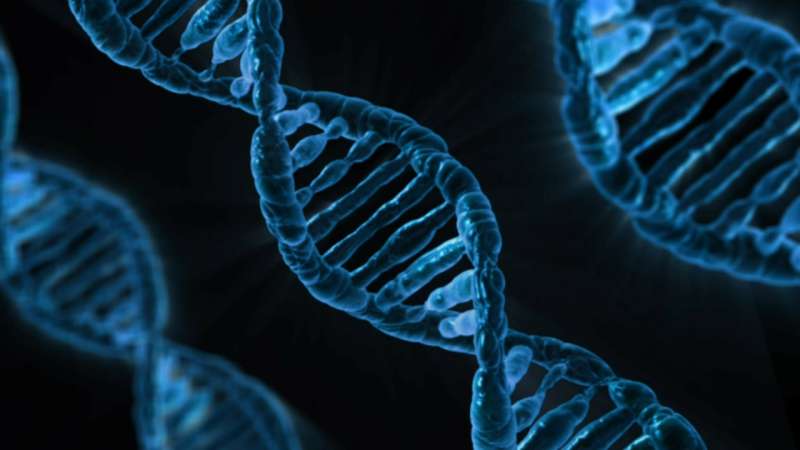DNA influences selection of partners for educational achievement

A study co-led by the University of East Anglia (UEA) has found that people with genes for high educational achievement tend to marry, and have children with, people with similar DNA.
Humans generally do not choose their partners randomly, but rather mate 'assortatively', choosing people with similar traits. Among the highest ranking qualities people look for in a potential partner are intelligence and educational attainment.
While it is well known that humans mate assortatively in relation to education - people with similar education levels marry each other - this is one of the first studies to show that this has significance at a DNA level.
The researchers argue that this could increase genetic and social inequality in future generations, since children of couples who mate assortatively are more unequal genetically than those of people who mate more randomly.
The study, published in the journal Intelligence, was co-led by Dr David Hugh-Jones, from UEA's School of Economics, and Dr Abdel Abdellaoui, of the Department of Biological Psychology at VU University in The Netherlands.
They examined whether assortative mating for educational achievement could be detected in the DNA of approximately 1600 married or cohabiting couples in the UK. The sample was drawn from the UK Household Longitudinal Study, a survey that aims to be representative of the population.
Dr Hugh-Jones, a senior lecturer in economics, said: "Our findings show strong evidence for the presence of genetic assortative mating for education in the UK. The consequences of assortative mating on education and cognitive abilities are relevant for society, and for the genetic make-up and therefore the evolutionary development of subsequent generations.
"Assortative mating on inheritable traits that are indicative of socio-economic status, such as educational achievement, increases the genetic variance of characteristics in the population. This may increase social inequality, for example with respect to education or income.
"When growing social inequality is, partly, driven by a growing biological inequality, inequalities in society may be harder to overcome and the effects of assortative mating may accumulate with each generation."
The researchers used polygenic scores that predict educational attainment to see whether they predicted the partner's own educational attainment and polygenic score. They found that the scores correlated between partners and significantly predicted partners' educational outcome, for both sexes, in that individuals with a stronger genetic predisposition for higher educational achievement have partners who are more educated.
The researchers also tested whether their data could be explained by other factors, for example by people simply meeting their partners because they lived in the same county. They re-matched individuals with random partners within the same educational levels and geographical locations. However, they found that the scores of the original couples showed greater similarities than the randomly generated pairs, indicating significant genetic assortative mating for educational attainment regardless of educational level and geographic location.
The study 'Assortative mating on educational attainment leads to genetic spousal resemblance for causal alleles', David Hugh-Jones, Karin Verweij, Beate St Pourcain and Abdel Abdellaoui, is published in Intelligence.
More information: David Hugh-Jones et al, Assortative mating on educational attainment leads to genetic spousal resemblance for polygenic scores, Intelligence (2016). DOI: 10.1016/j.intell.2016.08.005
Provided by University of East Anglia


















